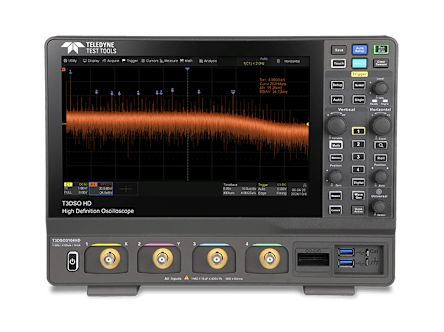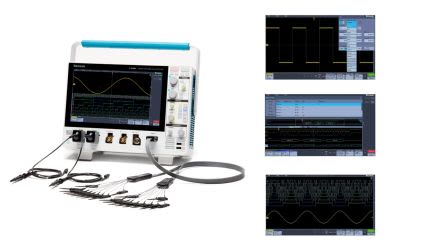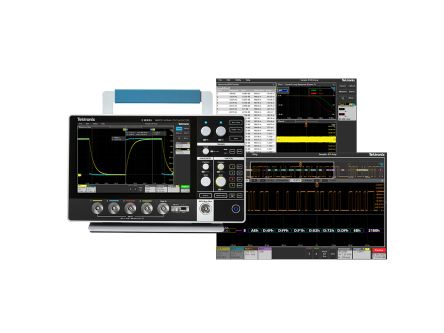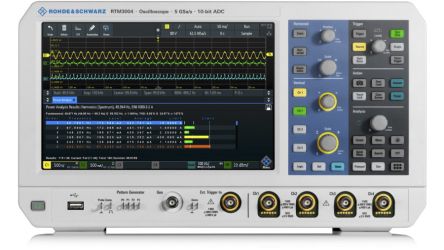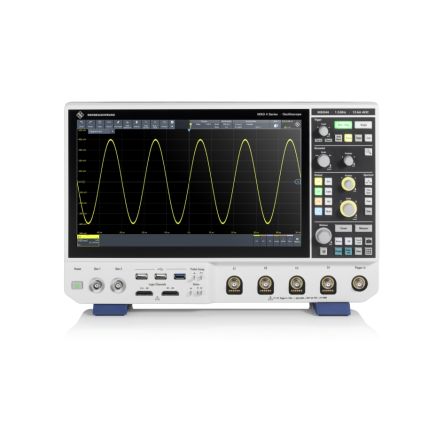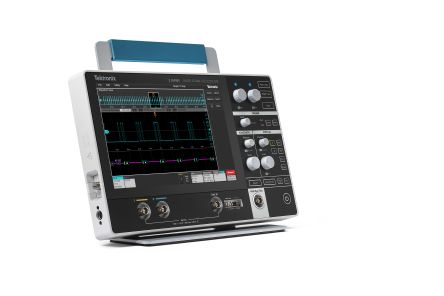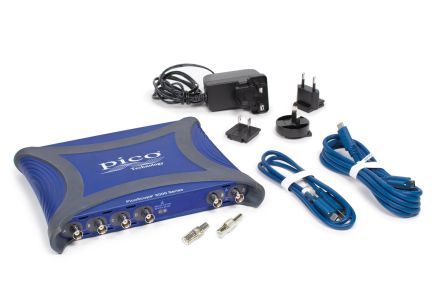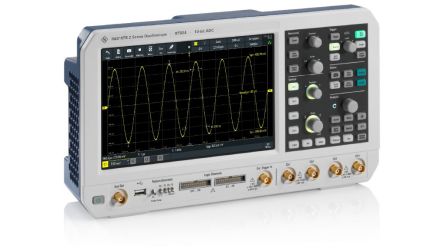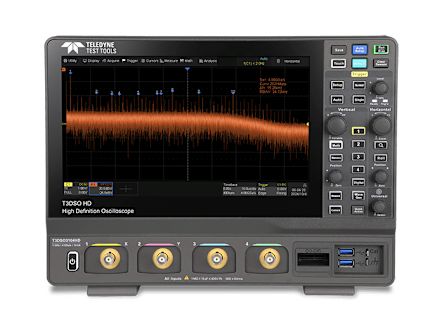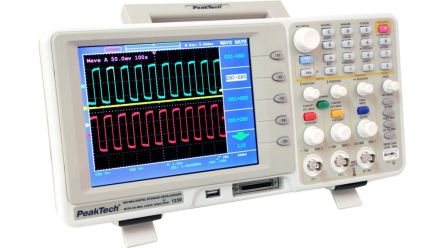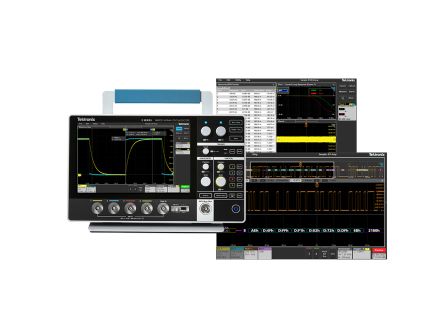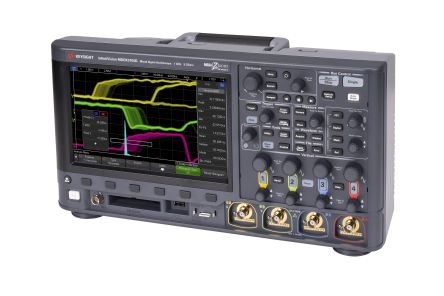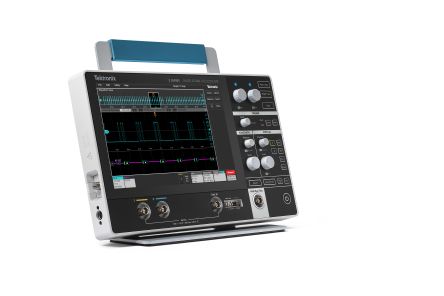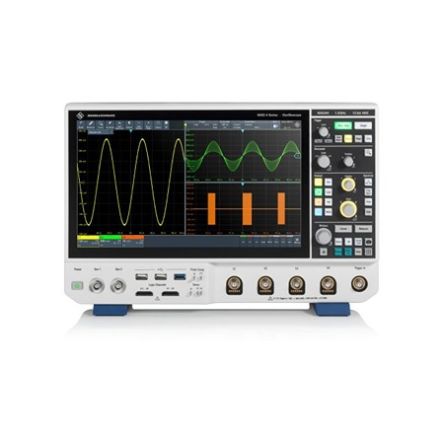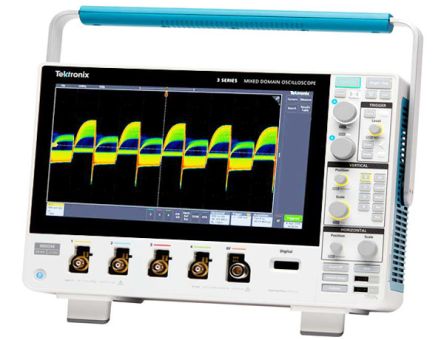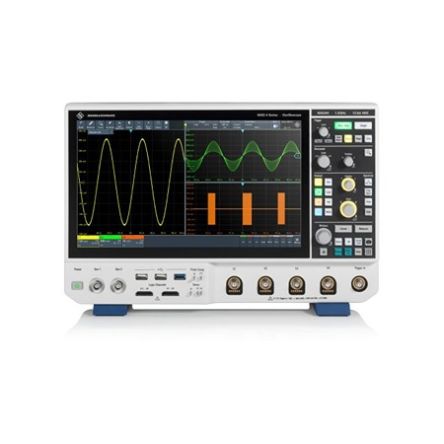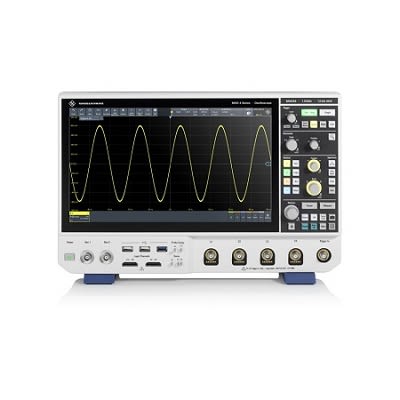- Automation & Control Gear
- Cables & Wires
- Enclosures & Server Racks
- Fuses & Circuit Breakers
- HVAC, Fans & Thermal Management
- Lighting
- Relays & Signal Conditioning
- Switches
- Batteries & Chargers
- Connectors
- Displays & Optoelectronics
- ESD Control, Cleanroom & PCB Prototyping
- Passive Components
- Power Supplies & Transformers
- Raspberry Pi, Arduino, ROCK, STEM Education & Development Tools
- Semiconductors
16 channel oscilloscope
Popular Searches
- 1GHz oscilloscope
- 100MHz Analogue Oscilloscope
- 100MHz Digital Storage Oscilloscope (DSO)
- 100 MHz Oscilloscopes
- 100MHz 2-Channel Oscilloscope
- 16 channel oscilloscope
- 200MHz oscilloscope
- 200MHz 4-channel Oscilloscope
- 20MHz oscilloscope
- 2 channel oscilloscope
- 350MHz oscilloscope
- 40MHz oscilloscope
- 4-Channel 100MHz Oscilloscope
- 4 Channel Oscilloscopes
- 50MHz oscilloscope
- 500MHz oscilloscope
- 500MHz 4-Channel Oscilloscope
- 60MHz oscilloscope
- Digital Oscilloscope 100MHz
- Digital Storage Oscilloscope
- Handheld Oscilloscopes
- Keysight 100MHz Oscilloscope
- Mixed Signal Oscilloscopes
- Picoscope 4 Channel
- 100MHz USB Oscilloscope
- 8 channel oscilloscope
- 200MHz 2-Channel Oscilloscope
- Analogue Oscilloscopes
- Automotive Oscilloscopes
- Digilent Oscilloscopes
- Digital Oscilloscopes
- Mixed Domain Oscilloscopes
- Digital Phosphor Oscilloscopes
- Fluke Oscilloscopes
- Fluke Scopemeters
- 120B Series - ScopeMeters
- Keysight Oscilloscopes
- Mini Oscilloscopes
- Oscilloscope Calibration
- PC Oscilloscopes
- Portable Oscilloscopes
- Rohde & Schwartz Oscilloscopes
- Tektronix Oscilloscopes
- Picoscopes
- Digital Sampling Oscilloscopes
- Tektronix 100 MHz Oscilloscope
- 1000 X Series
- Analog discovery 2
- PicoScope 2000
- PicoScope 3000
- PicoScope 4000
- PicoScope 5000
- TBS1000C Series
- 4000HD Series
- USB Oscilloscopes
- Bench Oscilloscopes
- RTB2000 Series
- RS PRO Oscilloscopes
- bk precision oscilloscopes
- metrix oscilloscopes
- teledyne lecroy oscilloscopes
Related links
- Tektronix Oscilloscope Software
- RS PRO IDS1104B 4 Analogue Channels
- Tektronix TBS1072C TBS1000C Series 2 Analogue Channels
- Keysight Technologies MSOX3104G InfiniiVision 3000G X Series 4...
- GW Instek 11DS-2304A30 Oscilloscope Module for Use with GDS-2000A...
- Keysight Technologies N2133A Oscilloscope Rack Mount Kit, For Use...
- Rohde & Schwarz RTH1004 Scope Rider Series 4 Analogue Channels, 8...
- Rohde & Schwarz Oscilloscope Software for Use with RTH Handheld...
